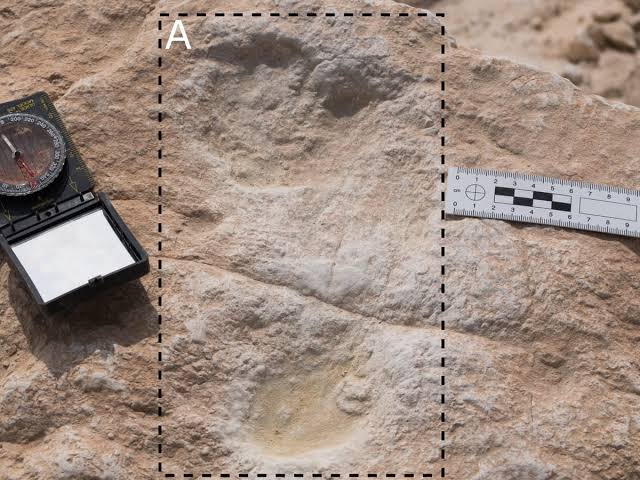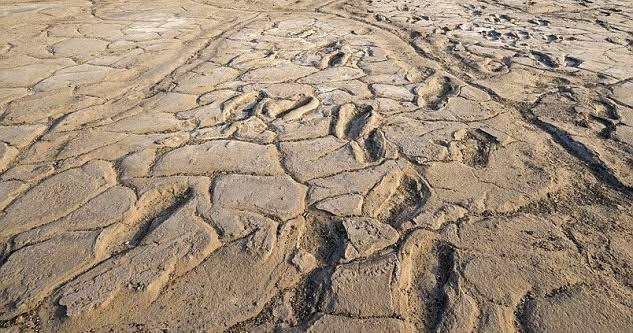Introduction
Oldest Human Footprints- The story of human migration is a captivating tale of our species’ journey across continents and through time. Recently, archaeologists in South Africa made a groundbreaking discovery that has the potential to rewrite the history of human migration. In this article, we will explore the remarkable finding of the world’s oldest Homo sapiens footprints in South Africa and its implications for our understanding of early human migration.

Unearthing the Footprints -Oldest Human Footprints
A Remarkable Find – Oldest Human Footprints
The South African Site
The discovery took place at a site in South Africa that has long been of interest to archaeologists due to its rich history of human habitation.
An Ancient Snapshot
These footprints, estimated to be approximately 325,000 years old, offer a rare glimpse into the lives of our early Homo sapiens ancestors.
The Significance of the Footprints -Oldest Human Footprints
Early Homo Sapiens – Oldest Human Footprints
Homo Sapiens in Africa
The footprints provide concrete evidence of Homo sapiens’ presence in Africa, supporting the theory that our species originated on the continent.
Behavioral Insights
The footprints also offer insights into the behavior and social structure of early Homo sapiens, showcasing their ability to adapt and cooperate.
The Migration Puzzle -Oldest Human Footprints
Migration Theories – Oldest Human Footprints
Out of Africa
One prevailing theory in anthropology suggests that Homo sapiens migrated out of Africa and populated the rest of the world. The South African footprints align with this theory.
Multiple Waves
Another theory proposes that there were multiple waves of human migration out of Africa. This discovery adds to the complexity of the debate.
The Footprints in Context -Oldest Human Footprints
Environmental Clues – Oldest Human Footprints
Ancient Ecosystem
The site where the footprints were found also contains evidence of the ancient ecosystem that existed at the time, providing context for the lives of early Homo sapiens.
Climate and Landscape
Researchers are examining how climate and landscape changes may have influenced early human migration patterns.
The Global Impact -Oldest Human Footprints
A Global Perspective
Rewriting History
The discovery of these ancient footprints has the potential to rewrite our understanding of human history and migration patterns on a global scale.
Collaborative Research
Archaeologists, anthropologists, and geologists from around the world are collaborating to analyze the footprints and their significance.
Conclusion
In conclusion, the discovery of the world’s oldest Homo sapiens footprints in South Africa is a testament to the enduring curiosity of humanity about its own origins. These footprints offer tangible evidence of our ancestors’ presence in Africa and provide a window into their lives and behaviors. As researchers continue to unravel the mysteries surrounding these ancient footprints, we can anticipate a deeper understanding of our shared human history and the remarkable journey that brought us to where we are today.
FAQs
Q1: How old are the Homo sapiens footprints found in South Africa?
The footprints are estimated to be approximately 325,000 years old, making them the world’s oldest known Homo sapiens footprints.
Q2: What does the discovery imply about early human migration?
The discovery supports the theory that Homo sapiens originated in Africa and provides evidence of their presence on the continent.
Q3: Are there other significant archaeological findings at the South African site?
Yes, in addition to the footprints, the site contains evidence of an ancient ecosystem and environmental changes that occurred during that time.
Q4: How are scientists dating the footprints?
Scientists use various dating methods, including radiocarbon dating and stratigraphy, to determine the age of the footprints.
Q5: What is the global significance of this discovery?
This discovery has the potential to reshape our understanding of early human migration and offers valuable insights into our shared human history.

